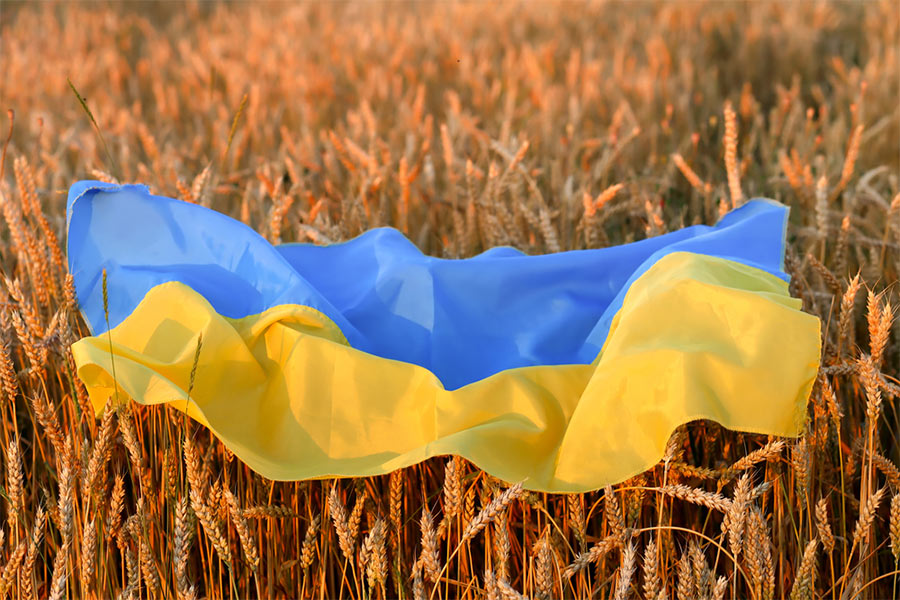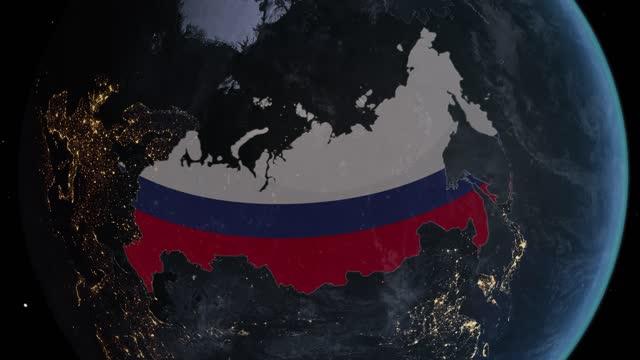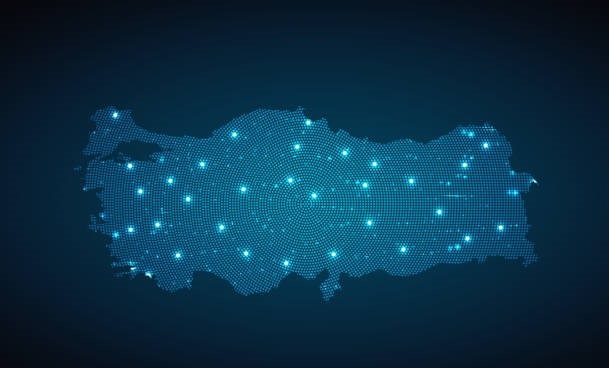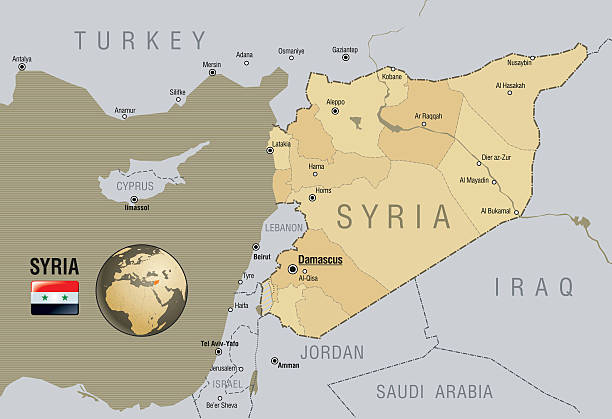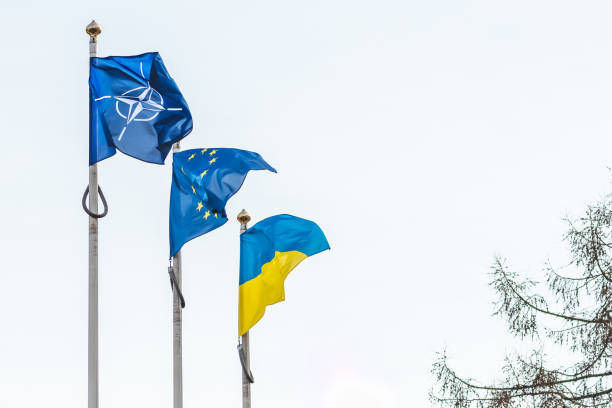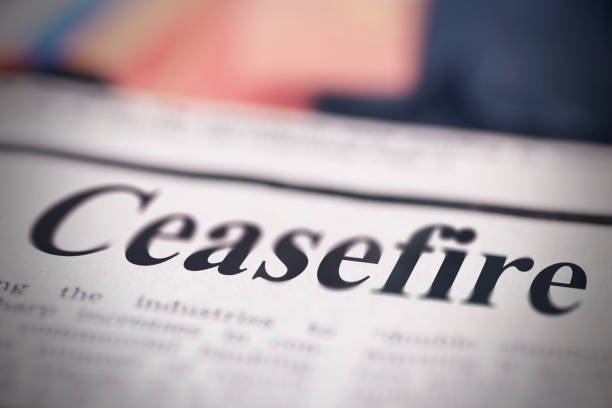
“Turkey is a bridge between East and West” is a widely used metaphor to define not only Turkey’s location between Asia and Europe but also its history, identity, culture with its blessings and contradictions. The city of Istanbul represents all of these.
A Turk may take a cup of coffee on the shores of the Bosporus, without thinking of the other side being Asia or Europe and centuries-long competition for the control of this strategic waterway. Because, a constant parade of passenger boats, tankers, cargo ships, naval vessels moving in both directions is always a beautiful spectacle. A foreign visitor may be more aware of the fact that across the blue waters of the Bosporus lies another continent.
Istanbul’s Historical Peninsula is different. There, with monuments of the Roman, Byzantine and the Ottoman empires, history engulfs everyone on a journey of thousands of years.
Once on a summer night, I was on top of a high hotel building in the area, with a panoramic view, under lights, of the Hagia Sophia built in the 6th century by Byzantine Emperor Justinian I and the Sultan Ahmed Mosque (also known as the Blue Mosque) built a thousand years later. For me it was the most breathtaking sight ever, two magnificent architectural/historical monuments representing the worlds of Christianity and Islam, East and the West facing each other. I wondered whether it represented a standoff or an intention to make peace.
The Hagia Sophia was converted to a mosque after the city’s conquest by Sultan Mehmed II in 1453. In 1935, during Ataturk’s time, it was turned into a museum by a government decree.
On November 16, 1972 UNESCO General Conference adopted the “Convention Concerning the Protection of the World Cultural and Natural Heritage”. Turkey became a party to it in 1983.
Under the Convention, the Hagia Sophia was designated a component of a UNESCO World Heritage site called the “Historic Areas of Istanbul” which includes city’s other major historic buildings and locations.[i]
Recently, the opening of the Hagia Sophia to Muslim prayers was once again before the State Council, country’s highest administrative court. In the past, the Council had refused a similar appeal to annul the 1935 government decree. Moreover, it had said that appeals on the status of the Hagia Sophia do not relate to the administration of justice, implying that they belong to the domain of the executive branch, the government. But today, the State Council changed its earlier position and annulled the 1935 decree. And, President Erdoğan immediately signed a decree transferring the management of the Hagia Sophia to the Presidency of Religious Affairs and reverting it to a mosque.
Since Istanbul has more than 3000 mosques this is not a question of space. But, voter support for Turkey’s ruling Justice and Development Party (JDP) is waning and restoring Hagia Sophia’s status as a mosque must be another attempt to stop if not reverse the trend particularly among the party faithful. Perhaps, those predicting that the country is heading towards early election would prove right.
During the past weeks, it was said the status of the Hagia Sophia is question of sovereignty. This is a deliberate misrepresentation of the question. Of course, the Hagia Sophia is on Turkey’s sovereign territory. Neither UNESCO nor anyone else can possibly challenge this. But this is not a question of sovereignty, it is a question of culture.
As a matter of fact, paragraph 1 of Article 6 of the “Convention Concerning the Protection of the World Cultural and Natural Heritage” reads as follows:
“Whilst fully respecting the sovereignty of the States on whose territory the cultural and natural heritage mentioned in Articles 1 and 2 is situated, and without prejudice to property right provided by national legislation, the States Parties to this Convention recognize that such heritage constitutes a world heritage for whose protection it is the duty of the international community as a whole to co-operate.”
But the Convention also says that the existing international conventions, recommendations and resolutions concerning cultural and natural property demonstrate the importance, for all the peoples of the world, of safeguarding this unique and irreplaceable property, to whatever people it may belong; that they need to be preserved as part of the world heritage of mankind as a whole. (emphasis added)
What is meant here is more than material preservation of cultural property.
Moreover, Article 98 of the “Operational Guidelines for the Implementation of the World Heritage Convention” reads as follows:
“Legislative and regulatory measures at national and local levels should assure the protection of the property from social, economic and other pressures or changes that might negatively impact the Outstanding Universal Value, including the integrity and/or authenticity of the property…” (emphasis added)
So much for the government. What about the opposition?
On July 5, the leader of the opposition, Mr. Kılıçdaroğlu said he does not approve using the issue of the Hagia Sophia for political purposes. He also said, “The President can sign a decree, publish it in the official gazette and that’s the end of it. It is that simple. Carrying such a simple issue on world’s agenda has no logic. If he believes that we would oppose such a move and enable him to get more voter support, he is wrong.”
Obviously, despite a decade of failures, Mr. Kılıçdaroğlu and his team are still trying to appeal to President Erdogan’s Justice and Development Party base to expand their voter support.
Three days later, members of Russia’s State Duma issued a statement on Hagia Sophia. They said what the leader of the opposition did not have the nerve to say.
Without any provocation, State Duma members asked their colleagues in the Turkish Grand National Assembly to comprehensively review the situation and when taking a decision on the status of Hagia Sophia in Istanbul, to demonstrate the wisdom not to revise the decision of the founder of the Republic of Turkey, Mustafa Kemal Atatürk, who had turned the cathedral into a museum in 1935. That, they added, had made Hagia Sophia a symbol of peace and inter-religious harmony.
Today, the Grand National Assembly appeared united in welcoming the State Council’s ruling. Because, to the credit of the JDP leadership, the opposition has acted as if departure from the government script on the Hagia Sophia was not an option. Thus, the only remaining question is the modalities of the change.
In the last decade, Turkey has been experiencing an inextricably linked democratic and economic decline. The pandemic has added to our challenges. We are militarily engaged in Syria and Libya. The government trying to convince European countries that Turkey’s tourist destinations are safe for holidays. Developments regarding the Hagia Sophia will only undermine these efforts. How it will impact Turkey’s long-term interests remains to be seen. The Hagia Sophia should have remained a museum.
During my senior years in diplomatic service, I continuously objected to the use of the metaphor “Turkey is a bridge between East and West” arguing that a bridge belongs to neither of its banks and Turkey had already made her choice. Today, I only hope that Turkey is still a bridge.
[i] https://whc.unesco.org/en/list/356/
Ali Tuygan, Ambassador (Ret’d) and former Undersecretary of the Turkish Foreign Ministry. The article is also published on his blog https://diplomaticopinion.com/2020/07/10/the-hagia-sophia/



